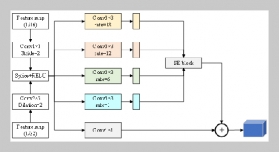Ming-Chi Lee1 1Department of Business Administration Nationl Pingtung Institute of Commerce Pingtung 900, Taiwan, R.O.C.
Received:
January 18, 1999
Accepted:
March 30, 1999
Publication Date:
March 30, 1999
Download Citation:
||https://doi.org/10.6180/jase.1999.2.1.02
Many researches to testing object-oriented programs (OOPs) have been proposed for the past decade. However, most of these researches have centered only around the class-level testing instead of the whole profiles of OOP development. This paper presents a framework to test OOPs from em formal specification to em test data generation. The formal specification of object-oriented program is specified in Z notation which is a mathematically rigorous specification language. A state transition diagram (STD) derived from Z specification provides a complementary representation of the dynamic behavior of a given OOP. In addition, the STD can be used to generate a test data which consists of anticipated operation sequences of OOPs. Moreover, a testing algorithm modeled by em finite state machine is proposed to run against test data. Two important testing criteria, consistency and completeness (C & C), are used to evaluate testing result. The final test result shows that the testing framework is executable and pragmatic.ABSTRACT
Keywords:
Object-Oriented Testing, Finite State Machine, Automaton
REFERENCES
















